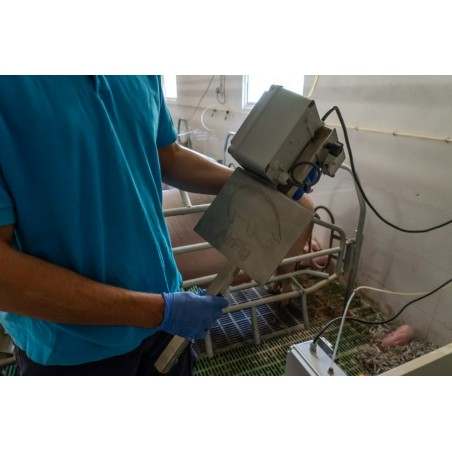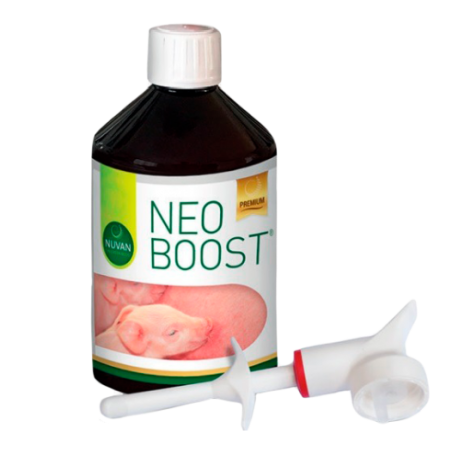Arthrospira platensis (commonly called Spirulina and classified as a microalga, although being cyanobacteria) and Chlorella vulgaris are two microalgae that currently have been experimentally used as additives in swine diets (inclusion below 2.5%). They are rich in proteins, fats, carbohydrates, minerals, and vitamins, making them attractive to be used as ingredients in the diet of these animals. However, due to the complexity of their cell walls, the bioavailability of these nutrients is challenging in the pig species. The inclusion of enzymes in feed is a worldwide reality, enabling these animals to naturally degrade indigestible compounds present mainly in cereal vegetal walls. In this PhD project, we studied these two microalgae as ingredients in the diet of weaned piglets, associating them with enzymes. The idea was to test whether they would be viable alternatives to cover the animals' needs, helping them recover from the critical post-weaning phase, without compromising productive parameters and improving meat quality.

We noticed that 10% Spirulina inclusion in the piglet diets negatively affected the growth performance of the animals, mainly due to the difficulty in digesting the proteins. We further tested lysozyme supplementation and this proved to be efficient in the degradation of Spirulina cell walls, however, the proteins released were not efficiently absorbed. Similarly, with a 5% inclusion of Chlorella vulgaris, we found that the digestibility of nutrients was negatively affected. Importantly, meat quality remained unaffected by including these microalgae in diets. Furthermore, we observed enhancements in piglets' immune response and hepatic lipid metabolism.
Table - Major findings of the trials with dietary inclusion of 10% Spirulina (SP) and 5% Chlorella vulgaris (CH) and supplementation with feed enzymes in piglets. The results are compared with the respective control group.
| SP | SP + Lysozym | CH | CH + CAZymes | |
|---|---|---|---|---|
| Growth performance |
↓ Final weight |
↓ Final weight |
= Final weight |
= Final weight |
| Nutrient digestibility | ↓ DM, OM, CP, Energy |
↓ CP |
↓ All nutritional fractions, except CF | ↓ All nutritional fractions, except CF |
| Gastrointestinal tract variable | ↑ Viscosity of duodenum + jejunum and ileum content | ↑ Viscosity of duodenum + jejunum and ileum content | ↑ Viscosity of duodenum + jejunum content | ↑ Viscosity of duodenum + jejunum content |
| Meat quality and attributes | ↑ Flavour | ↑ Flavour ↑Tenderness | = All parameters | = All parameters |
ADG - average daily gain; FCR - feed conversion ratio; DM - dry matter; OM - organic matter; CP - crude protein; CF - crude fat; ADF - acid detergent fibre.
Based on these findings, we believe that microalgae will become a viable option in swine feeding. Nonetheless, it is crucial to continue studying them to understand their nutritional value for these animals and find solutions to make them more accessible in terms of production costs.






